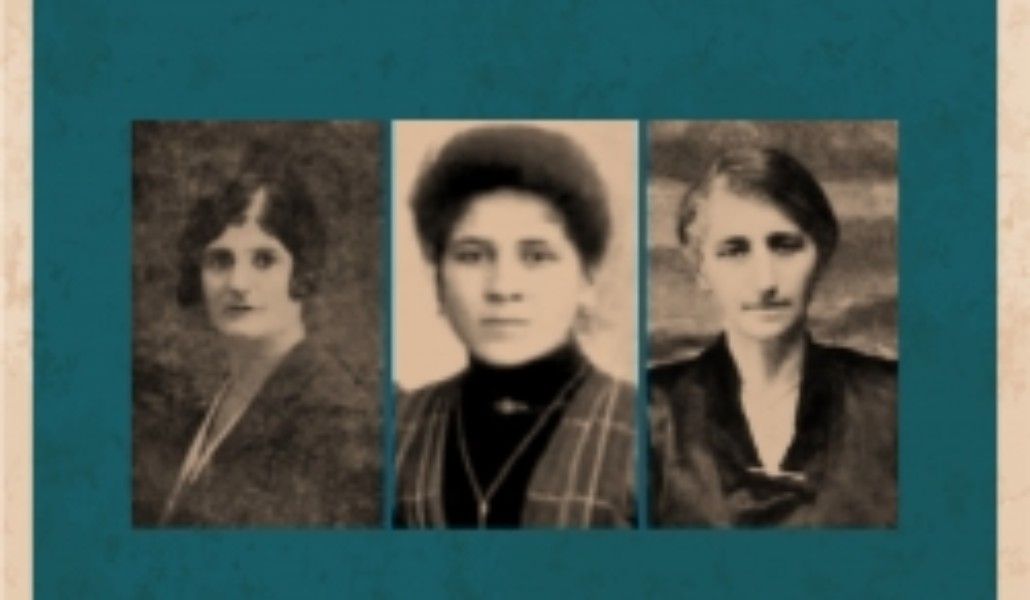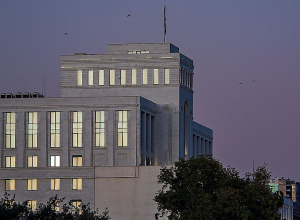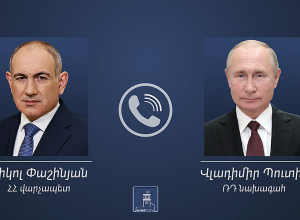
First Female MPs
Support A1+!In different times of the History of Armenia women were distinguished with their public-political activities, besides keeping the fire of the house unquenchable and educating the generations, took part even in the military operations. Such was also the Armenian nation’s destiny. At the same time, it is undeniable fact that the Armenian woman has been assessed, evaluated in the family and in the public life.
Women of Armenia got a right to elect and be elected 102 years ago, during the First Republic, in most countries of Europe women were still fighting and still fought for that right for several decades. As a result of parliamentary elections held in 1919, three women were elected out of 80. In fact, neither fictitious, nor with the demands of gender equality, but with the demand of their will and society.
Besides being the first female MPs these women also have one commonality, they all were bearing their husbands’ surname. Times were such:
Perchuhi Partiszpanian-Barseghian (1886-1940)
She received her preliminary education in the city of Philippopolis (Plovdiv) Bulgaria. At the age 16 on the way of leave for Europe she met her future husband, revolutionary and Fidayi movement famous figure Sargis Barseghyan. Perchuhi founded a Union with her husband, which should be involved in spreading the Armenian scriptures, Literature, history and revolutionary ideas. On 24 April 1915 together with numerous intellectuals Perchuhi’s husband, Sargis Barseghyan was also arrested. He was brutally killed.
After declaring the Republic of Armenia in 1918 Perchuhi was moved to Yerevan and elected Member of Parliament. Besides her activities in the legislative body Partiszpanyan was writing stories, which by the way, were translated into French and English. The female MP was awarded prizes for her stories Arpik and One Ring Chain stories.
Katarine Zalian-Manukian (died in 1965)
Katarine Zalyan was a physician devoted to helping orphans and refugees after the Genocide. In 1917, she married the brightest character of the founders of the First Armenian Republic, Aram Manukyan. Katarine assumed not only his wife’s role, but also was engaged in the Medical-Sanitary Commission in the first instance of the country, legislative body, continuing to solve the refugees’ problems.
After Sovietization of Armenia and her husband’s death forced Katarine to leave the Motherland. She went to Krasnodar with her young child to Aram’s relatives. However, after a while in 1927, Katarine returned to Yerevan and was engaged with medicine and social work.
Varvara (Varya) Rotinian-Sahakian
The wife of the Speaker of the Parliament of the First Republic of Armenia Avetik Sahakyan, Varvara, was also Member of Parliament. The facts on her legislative activities were little, it is known that she has been engaged with the issues of the refugees and homeless after the Genocide. But her life was also rather hard and full of losses: her child died, then after Sovietization of Armenia her husband was arrested. During the February events they emigrated to Tabriz. After six years they moved to South Iran, later – to Iraq, then - to Lebanon. During that period, she didn’t stop working in aid centres in the Armenian different communities. In Beirut she took part in the works of the Armenian Relief Cross Organization. In 1932, Varvara lost her other child, and one year later – her husband.
Women of Armenia got a right to elect and be elected 102 years ago, during the First Republic, in most countries of Europe women were still fighting and still fought for that right for several decades. As a result of parliamentary elections held in 1919, three women were elected out of 80. In fact, neither fictitious, nor with the demands of gender equality, but with the demand of their will and society.
Besides being the first female MPs these women also have one commonality, they all were bearing their husbands’ surname. Times were such:
Perchuhi Partiszpanian-Barseghian (1886-1940)
She received her preliminary education in the city of Philippopolis (Plovdiv) Bulgaria. At the age 16 on the way of leave for Europe she met her future husband, revolutionary and Fidayi movement famous figure Sargis Barseghyan. Perchuhi founded a Union with her husband, which should be involved in spreading the Armenian scriptures, Literature, history and revolutionary ideas. On 24 April 1915 together with numerous intellectuals Perchuhi’s husband, Sargis Barseghyan was also arrested. He was brutally killed.
After declaring the Republic of Armenia in 1918 Perchuhi was moved to Yerevan and elected Member of Parliament. Besides her activities in the legislative body Partiszpanyan was writing stories, which by the way, were translated into French and English. The female MP was awarded prizes for her stories Arpik and One Ring Chain stories.
Katarine Zalian-Manukian (died in 1965)
Katarine Zalyan was a physician devoted to helping orphans and refugees after the Genocide. In 1917, she married the brightest character of the founders of the First Armenian Republic, Aram Manukyan. Katarine assumed not only his wife’s role, but also was engaged in the Medical-Sanitary Commission in the first instance of the country, legislative body, continuing to solve the refugees’ problems.
After Sovietization of Armenia and her husband’s death forced Katarine to leave the Motherland. She went to Krasnodar with her young child to Aram’s relatives. However, after a while in 1927, Katarine returned to Yerevan and was engaged with medicine and social work.
Varvara (Varya) Rotinian-Sahakian
The wife of the Speaker of the Parliament of the First Republic of Armenia Avetik Sahakyan, Varvara, was also Member of Parliament. The facts on her legislative activities were little, it is known that she has been engaged with the issues of the refugees and homeless after the Genocide. But her life was also rather hard and full of losses: her child died, then after Sovietization of Armenia her husband was arrested. During the February events they emigrated to Tabriz. After six years they moved to South Iran, later – to Iraq, then - to Lebanon. During that period, she didn’t stop working in aid centres in the Armenian different communities. In Beirut she took part in the works of the Armenian Relief Cross Organization. In 1932, Varvara lost her other child, and one year later – her husband.
Parliament of Armenia



